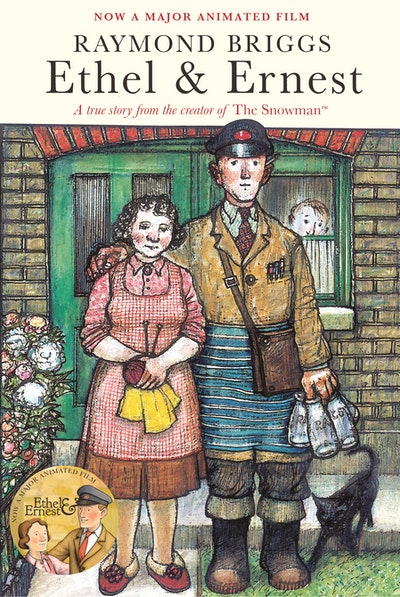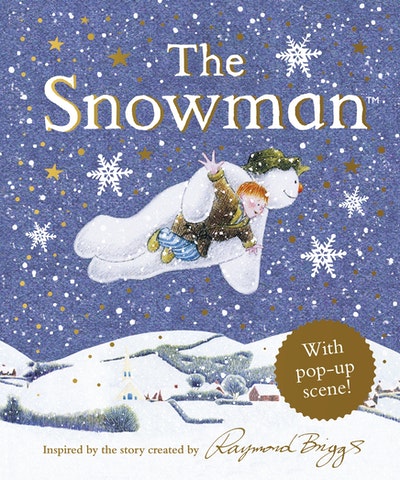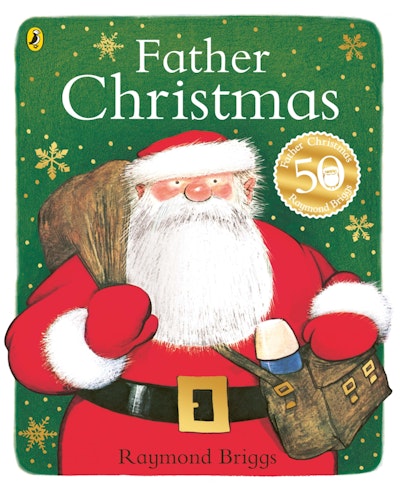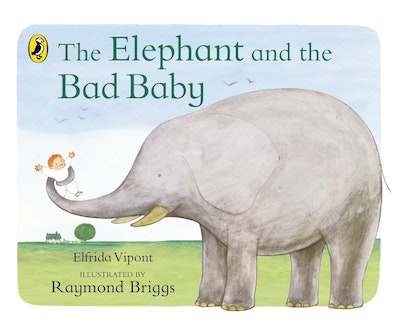[]
Ethel & Ernest
Formats & editions
Buy from…
- Published: 19 August 2016
- ISBN: 9781473557895
- Imprint: Vintage Digital
- Format: EBook
- Pages: 104
Briggs has always had the ability to move his readers, but never more powerfully than this.
Stephen Pritchard, Guardian
As our memory of pre-Niketown Britain fades, we should be grateful that Raymond Briggs is so brilliantly equipped to remind us of what we used to be, and why.
Nick Hornby, New York Times
Ethel & Ernest imparts, as the best novels do, the sense of lived lives. It’s not too much to say you come to love these people... Briggs’ book earns our tears. Ethel & Ernest is a just about perfect miniature: small in scale, not in spirit.
Charles Taylor, Salon










